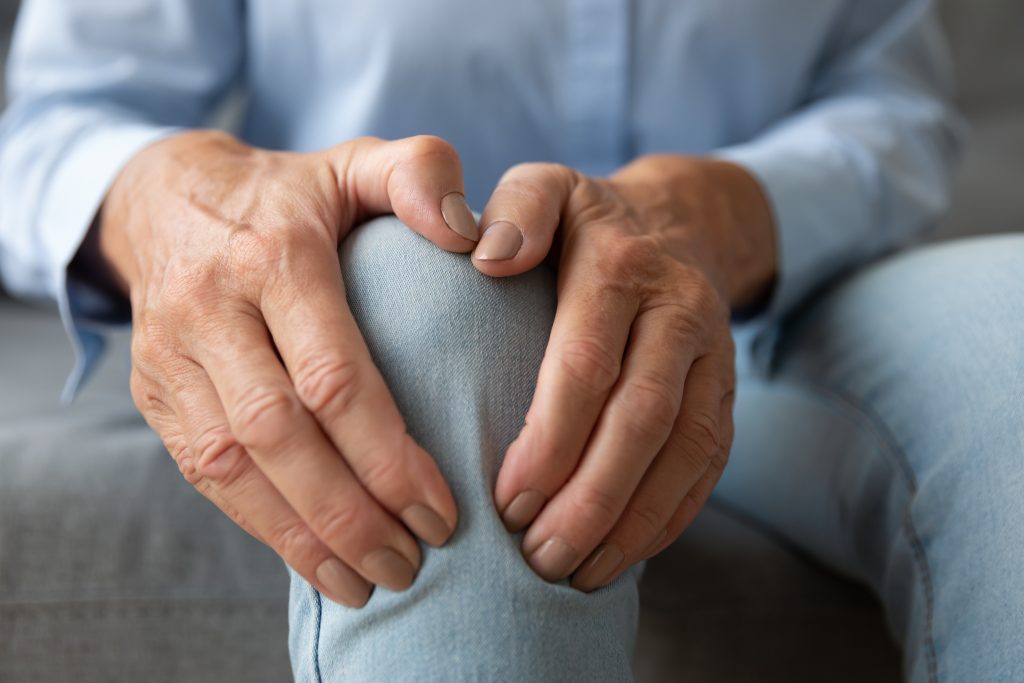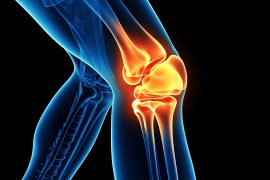In today’s world, many of us spend long hours sitting, whether at work, while commuting, or relaxing at home. But did you know that sitting for too long can harm your joints? A sedentary lifestyle may seem harmless, but over time it can take a toll on your joint health. Lack of movement often leads to achy knees, stiff hips, and sore backs. The good news? There are ways to protect your joints and keep them healthy. This article talks about how a sedentary lifestyle affects your joints and what you can do to make a positive change.
How a Sedentary Lifestyle Damages Joint Health
Prolonged sitting deprives joints of the movement and hence affects the joint health. Here’s how it impacts them:
- Weakened Muscles: Inactivity causes the muscles around your joints to weaken. This puts extra pressure on the joints, increasing the risk of wear and tear.
- Poor Posture: Sitting in one position for too long often leads to bad posture, which can strain your joints and spine.
- Increased Inflammation: A sedentary lifestyle can lead to weight gain, which contributes to inflammation around the joints and exacerbates pain.
Early Warning Signs of Joint Damage
It is important that you recognize the early signs of joint damage to prevent long-term issues. If you notice any of these symptoms, it might be time to make some changes:
- Morning Stiffness: Feeling stiff when you wake up is a common sign of joint trouble.
- Joint Pain: Persistent or occasional pain in your knees, hips, or back could be a red flag.
- Reduced Flexibility: Struggling to bend, stretch, or move as freely as before may indicate joint issues.
- Clicking or Cracking Sounds: Hearing sounds when you move a joint is another sign of wear and tear.
Recognizing these signs early allows you to prevent minor issues from escalating into chronic joint conditions.
The Long-Term Consequences
Ignoring the impact of a sedentary lifestyle on your joints can lead to severe consequences over time:
- Osteoarthritis: This is a common condition where the cartilage cushioning your joints breaks down, causing pain and stiffness.
- Chronic Pain: Prolonged inactivity can lead to persistent joint pain that interferes with daily activities.
- Reduced Mobility: Over time, untreated joint problems can limit your ability to move, affecting your independence.
- Weakened Bones: Inactivity can also lead to weaker bones, increasing the risk of fractures.
Understanding these risks is the first step in taking action to protect your joint health.
What You Can Do to Protect Your Joint Health
Making simple lifestyle changes can go a long way in protecting your joints. Here are some tips:
- Move Regularly: Set a timer to remind yourself to stand up and stretch every 30 minutes. Even a short walk around your home or office can make a difference.
- Maintain a Healthy Weight: Extra weight puts stress on your joints, especially your knees and hips. A balanced diet and regular exercise can help manage your weight.
- Practice Good Posture: Sit with your back straight and shoulders relaxed to reduce strain on your spine and joints.
- Strengthen Supporting Muscles: Exercises like squats or light weightlifting can help build the muscles around your joints, reducing pressure on them.
Joint-Friendly Activities for a Sedentary Lifestyle
If you’re looking to stay active without putting too much strain on your joints, try these activities:
- Walking: A simple and low-impact way to keep your joints moving.
- Yoga: Gentle stretches can improve flexibility and relieve stiffness.
- Swimming: This is a joint-friendly activity that offers a full-body workout without putting pressure on your joints.
- Cycling: A low-impact exercise that helps strengthen your legs and improve joint mobility.
- Stretching Exercises: Incorporating daily stretches can help improve flexibility and reduce joint pain.
These activities are easy to include in your routine and can help combat the effects of a sedentary lifestyle.
When Should One Seek Medical Help?
Sometimes, self-care isn’t enough, and it’s important that you seek professional help for joint issues. Visit a doctor if you experience:
- Persistent or worsening joint pain.
- Swelling or redness around the joint.
- Difficulty moving or bearing weight on a joint.
- Sudden or unexplained joint discomfort.
Timely medical advice can prevent further damage and help you manage your symptoms effectively.
Conclusion
A sedentary lifestyle can silently damage your joints over time, leading to pain, stiffness, and reduced mobility. The good news is that small changes in your routine can make a big difference. By staying active, maintaining a healthy weight, and practicing joint-friendly habits, you can protect your joints and enjoy better mobility and comfort.
References:
[3]





Comments are closed.